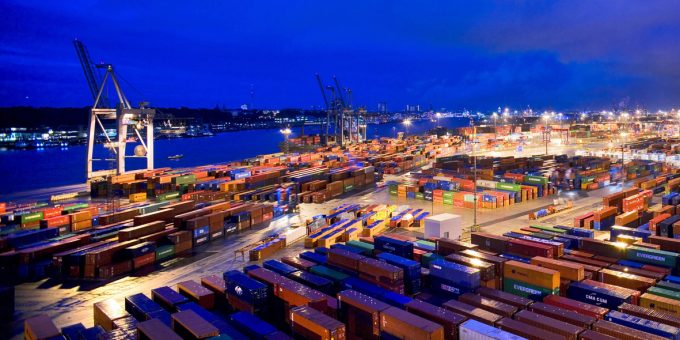Transpac container service closures mount
As spot freight rates on the transpacific trade continue to weaken, the number of service ...

More work is required to address the issues of overcapacity and weak growth in the container shipping sector, according to speakers at the Intermodal Europe 2016 event in Rotterdam, which opened today.
Michel Looten, director of maritime for Seabury Cargo, said that while forecasts predicted growth of 1.5-2% for 2016, it was a performance that could hardly be deemed a success.
“Currently, we have recorded container shipping [volumes] as being up 0.9% year-on-year – while undoubtedly good news against last year’s performance, we can hardly consider ...
Maersk u-turn as port congestion increases across Northern Europe
Apple logistics chief Gal Dayan quits to join forwarding group
Maersk Air Cargo sees volumes fall as it aims for 'margin in favour of revenue'
Airlines slash freighter capacity post-de minimis, but 'the worst is yet to come'
Houthis tell Trump they will end attacks on Red Sea shipping
Transpac rates hold firm as capacity is diverted to Asia-Europe lanes
MSC revamps east-west network as alliance strategies on blanking vary
India-Pakistan 'tit-for-tat' cargo ban sparks sudden supply chain shocks

Comment on this article